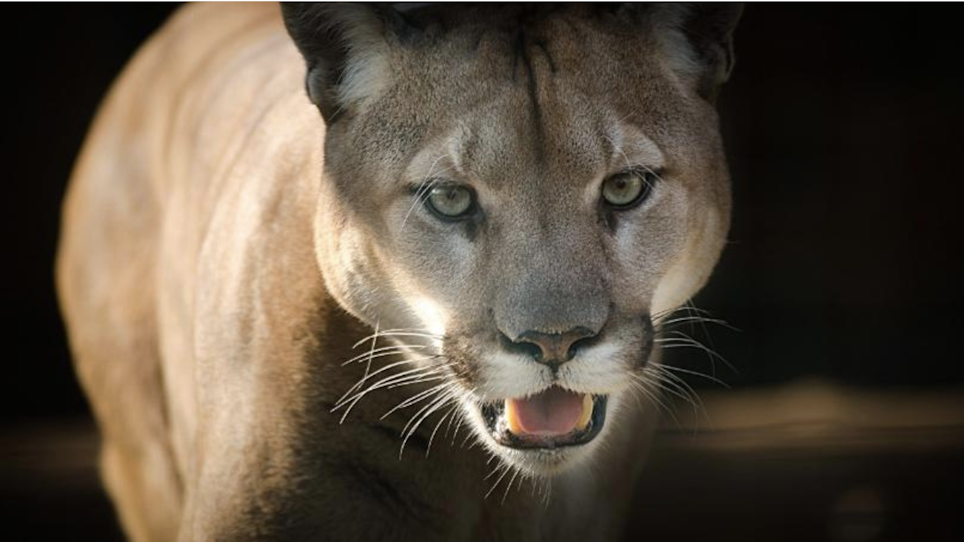I’ve just returned from a trip to Colorado and got a firsthand look at the unforeseen results of gross predator mismanagement at the hands of all-knowing biologists, a complacent state game & fish agency and the misinformed and misguided public at large. With misinformation supplied and perpetuated by a host of anti-hunting groups and even some state employees, the voters outlawed spring bear hunting, baiting and the use of dogs in Colorado in 1992, leaving only a fall bear season to control the already growing population.
From 2004 to 2014, the hunt harvest rose from 513 to 1,214 bears with a non-resident license fee of $350. This “well managed” predator population is growing at such a rate and causing so much trouble and game damage, resulting in lots of expended bear control hours and the euthanizing of an untold number of these valuable big game predators that for the 2019 season the Colorado Parks & Wildlife lowered the non-resident bear license fee to $101.25. It’s the only Colorado critter, big or small, to ever have the license fee lowered. Great predator management.
Unfortunately, many folks of the modern era, including a number of misinformed and uneducated predator hunters, think that predators, whether its bears, wolves, mountain lions, bobcats, lynx, coyotes, fox or raccoons, are the epitome of the “balance of nature,” and as such don’t have to be managed to maintain their populations at optimum levels within their habitat while benefitting the critters they prey on.
I can’t count the number of times I’ve had landowners tell me that they didn’t want coyotes or fox shot on their lands because they controlled the rodent population. Malarkey! A pair of coyotes living on nothing but a mouse diet could not begin to control the mouse population in a square mile area. A predator population is controlled by the prey species population and not vice versa.
Crash and Crash
Under a natural and un-human impacted situation when a cyclic prey species population crashes, the dependent predator population also nose dives. This creates a balance of sorts, albeit one that may take place over a period of many years. Given the amount of human encroachment and interference in today’s outdoors, balancing nature by simply letting predators seek their own population levels without proper management is a pipe dream at best and disaster in the making at worst.
A prime example of this is the wolf reintroduction and manipulation throughout the West where these extremely adaptable carnivorous canines have and still are creating a virtually irreversible “predator pit,” throughout what has been historically some of the best big game hunting and viewing country in North America.
It’s a dire situation, where the wolves are killing more individual big game critters than are being recruited into the population through reproduction each year. It’s a man-made situation whereby egotistical biologists, bureaucrats and zealot anti-hunters combined forces to dupe the public into an epic predator mismanagement fiasco, one that may not recover in our lifetime under the misconceived role those predators should play in present day wildlife management.
Predator hunters should not only be aware of what is taking place on the local predator hunting scene but also take an active part in predator management wherever possible. In Idaho, a small group of sportsmen, ranchers, businessmen and concerned citizens joined to try and impact the growing wolf problem decimating the elk, moose, deer and livestock populations. They started the Foundation for Wildlife Management, a self-supported organization, and recruited trappers and predator hunters by offering a reward of $500 to $1,000 per wolf killed.
As an added incentive, they offered to pay legitimate expenses incurred by member trappers and wolf hunters pursuing these canine killers. To date, F4WM has accounted for 575 wolves at a cost of $680 per wolf and saved some 80,000 big game and domestic critters. It would have cost the government more than $9,000 per wolf in tax dollars to accomplish the same results.
A number of years ago, the Jicarilla Indians of northern New Mexico realized their elk and mule deer were being hammered by coyotes and a rapidly increasing cougar population. Their common-sense biologist, with tribal cooperation, started a bounty system for both predators with multiple mountain lion licenses available to tribal members and some non-tribal hunters and trappers, and open season on coyotes. Today, their deer herds are back to the point where a limited number of hunters can possibly kill a 200-inch buck and the elk hunting is top quality.
A number of Western states are realizing the impact that overly high populations of coyotes, bears and mountain lions, all working on game populations, definitely need to be managed a hell of a lot closer than they have in the past. Several Western states such as New Mexico, Utah, Arizona and Wyoming have opened some units to year-round, no license for coyotes and two lions per hunter, and even two bears and two lions in several Idaho units.
Some of this new-found predator management initiative may be too little to late. But it’s up to us predator hunters to keep supporting by voice and dollars any predator program that exhibits common sense management






